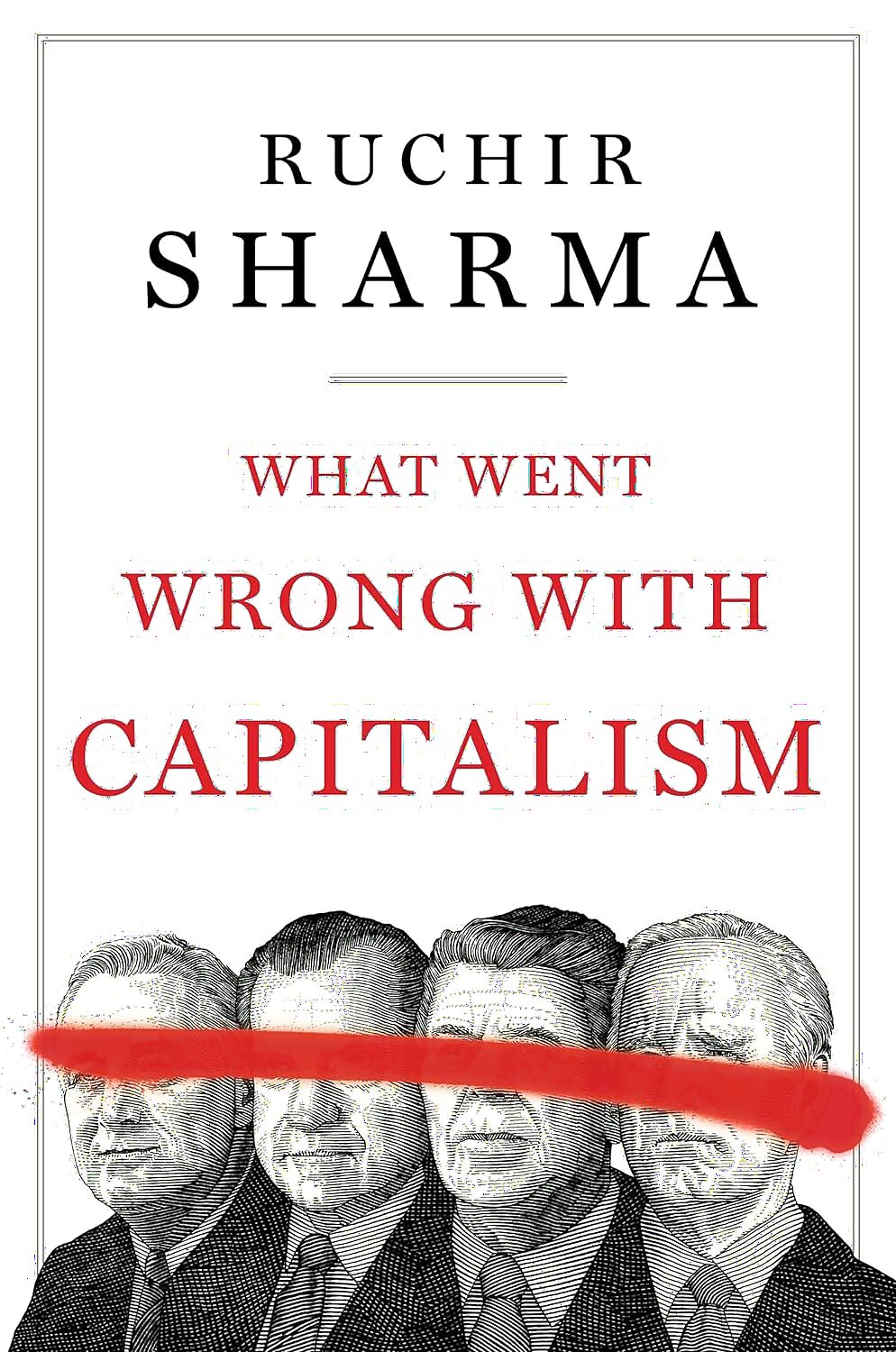
views
Today in India, a whole generation that has not seen the country’s tryst with socialism has now grown up and become a fan of the Leftist-style economy, though the previous generation is still around to help them understand the horrors of those socialist days. However, with the growing debate on inequality and the access to social media where popular Left-‘liberal’ influencers often target India’s entrepreneurs for their vast amount of wealth, the youth is more likely to think of socialism as some panacea for all their problems.
The story is pretty ironic in the United States which is, for all practical purposes, the world’s laboratory of capitalism. After all, it fought an entire Cold War against communists. Yet, today an average American is likely to believe that capitalism isn’t serving any purpose — inequality has assumed maddening proportions; the rise of oligopolies is a brute fact; and, the huge wealth of billionaires with their flashy lifestyle seems more obscene than aspirational.
Interestingly, across the political spectrum, there is a general agreement that capitalism is undergoing a deep crisis and problems such as growing inequality, concentration of wealth and rising number of billionaires are merely a symptom of the same. However, unlike the socialists who advocate increased oversight of the state to curb inequality and other problems, Ruchir Sharma has an interesting thesis to offer. His latest book, What Went Wrong With Capitalism, is an attempt to help capitalism redeem itself.
Here he sets out to defend capitalism by arguing that it is not the absence of government intervention which is responsible for the growing problems of inequality and concentration of wealth but it is exactly the over-presence of government that is responsible for these current problems. According to him, today every section of society has government backing — the rich have bailouts, and the poor have welfare schemes where no one is allowed to fail and no crisis is allowed to unveil.

The core argument of Sharma’s thesis is that free and fair capitalism is a thing of the past because the rise of the regulatory state, welfare state and national security state altogether has taken the spirit of freedom out of capitalism. He traces its evolution in the United States by noting that first the culture of deficit spending took roots in the 1970s; this was followed by the culture of corporate bailouts and finally the availability of easy money facilitated by the Central Bank.
He argues that the state’s constant fear of a crisis in the system has made it provide stimulus even when the economy is doing just fine. This along with bailouts and easy money has led to the problem of gross inflation, rising government debt and a fall in productivity levels because, simply put, not even Zombie firms with no real value addition are being allowed to fail. Not to mention the lack of innovation because of no scope for creative destruction and survival of the fittest.
Ruchir Sharma’s book definitely strikes a chord with the current reality as it is playing out even in India, an economy which took a legitimate capitalist turn only in the 1990s. Sharma, whose book starts with a little discussion on his own preference for capitalism, shaped by his experience with socialist India, has clinically conducted an autopsy on the capitalist system and laid bare almost everything that is wrong with it.
In India, the whole 2024 election campaign was fought by the Congress on bringing back socialist-style wealth redistribution which again would require the state to expand in numerous ways, not to mention how it would break the backbone of the middle class with taxes. Sharma warns of this and lists out how countries the world over including the United States are better placed emulating the models in Switzerland, Taiwan and even Vietnam where state intervention is kept at a minimum and the capitalist model is allowed to thrive.
His diagnosis of the problem of ballooning government debt is also on point. Just a few days ago in India also there was a debate on this. At that time, many had argued that it is a norm world over but Sharma counters by outlining how the perennial spending to avert a non-existent crisis can create more problems than actually solve one. The US is the best example of this where the downslide in population has brought the growth rate to low levels and the government’s resolve to keep it high is undercutting the very productivity that it is supposed to boost. He also comes down heavily on the Biden government’s resolve to counter China by providing more state support which according to him will be counterproductive.
Sharma’s book is an excellent piece of insight into what’s plaguing capitalism. Unlike Thomas Piketty whose 2013 bestseller, Capital in the Twenty-First Century, advocated for taxing the rich to solve the inequality crisis in capitalism, Sharma offers a solution in curbing the flow of easy money and letting market cycles take their own course without any government interference. As someone who strongly agrees with Sharma’s dictum that capitalism alone has the key to social and economic progress, this book presents a convincing thesis.
However, this book makes certain empirical omissions which compromise with the strength of its core argument. Understandably, Sharma’s focus is on the advanced capitalist economies but he also mentions certain other countries including state intervention in China in reasonable detail. But when it comes to other emerging economies, this book comes across as West-centric, especially its overt focus on the United States.
The debate over the state’s role in markets is not limited to the West alone. India’s rising economy also witnesses this debate play out every day. Sharma does mention India but only while criticising the current government for its expansive social welfare schemes. He says, instead of spending energy on expanding the pie, the government is focusing on how to distribute it. But the catch is that the Modi government can be hardly blamed for this. The previous governments have played a more populist card and today the state governments such as in Karnataka thrive on populism at the expense of state exchequer. The Modi government is just casting a safety net to protect the most vulnerable section of the population, something which even the most advanced economies have to undertake.
Otherwise, it has emerged to be one of the most fiscally disciplined governments in India. Even during the pandemic, India emerged as one of the rare countries where the fallacy of over-stimulus to artificially boost demand was avoided. On the other hand, Sharma fails to mention the crony capitalism of the licence-raj days or the mess of non-performing assets which occurred during the heydays of UPA-I and UPA-II.
Nonetheless, this book despite its few shortcomings has done a remarkably good job of raising one of the most pertinent debates of our times: Capitalism is definitely under a crisis but the cure as Sharma reiterates is in less state and not more.
The author is a New Delhi-based commentator on geopolitics and foreign policy. She holds a PhD from the Department of International Relations, South Asian University. She tweets @TrulyMonica. The views expressed in the above piece are personal and solely those of the author. They do not necessarily reflect News18’s views.




















Comments
0 comment